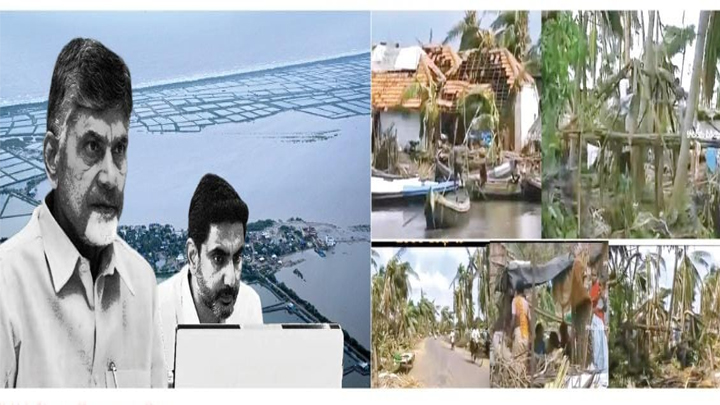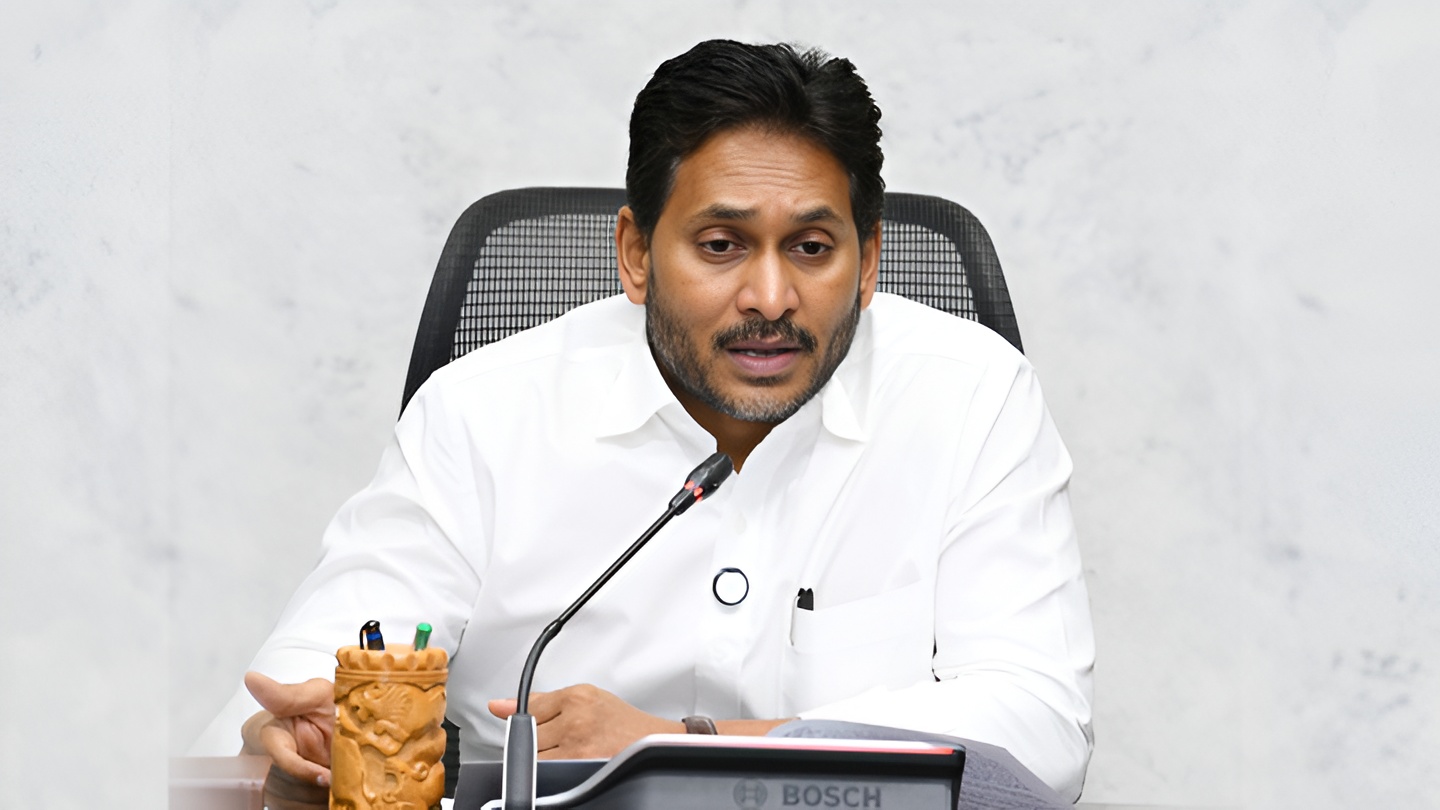Chandrababu Naidu’s AI Rhetoric
At a recent FICCI conference, Andhra Pradesh Chief Minister Chandrababu Naidu pitched his state as the future hub of artificial intelligence (AI) and quantum computing. Known for his role in transforming Hyderabad into an IT powerhouse, Naidu, often called the “CEO CM,” spoke passionately about creating “Quantum Valleys” and “AI hubs” to position Andhra Pradesh ahead of global tech giants. However, his responses during the Q&A session exposed a reliance on vague promises and buzzwords, undermining his visionary image.
Critical question on AI and Quantum Valley
The critical moment came when Roma, a Google India senior manager and FICCI’s technology chapter lead, posed a pointed question: “I’d like to understand more about the work you’re doing on developing the AI ecosystem in India and for Andhra Pradesh, particularly around Quantum Valley. What are some of the key policies or initiatives that are close to your heart that you’re driving currently?” The question was clear: what concrete plans or policies was Naidu driving for AI and Quantum Valley? With Naidu’s relentless promotion of AI, sprinkling the term into nearly every speech, this was his chance to deliver a substantive answer that could position Andhra Pradesh as a global tech destination.
Empty buzzwords and name-dropping
Naidu began confidently: “Quantum computing, also AI, I’m introducing now. The Government of India has introduced the Quantum Mission, that is, in truth, 2023. They have done, but they didn’t take forward. Now, on quantum computing, IBM, TCS, L&T, they are working with my Government of Andhra Pradesh. I am involving IIT Madras and also Tokyo University, and Purdue University, world-best universities. We are bringing institutions of excellence, companies, and users. This month, 30th, same hotel, we are having workshop, how to take forward.” The audience heard big names like IBM, TCS, top universities, but the substance stopped there. Instead of outlining specific policies, timelines, or budgets, Naidu offered a workshop to “figure out” what to do. This wasn’t a plan; it was a promise to plan, a hollow gesture dressed up as vision. His claim of “introducing” AI and quantum computing rang empty, as he deferred action to a future meeting, undermining his self-styled image as a tech pioneer.
Irrelevant anecdotes over substance
Naidu went on into a bizarre tangent: “One example I’ll tell you, in Hyderabad, when I started development, nobody was to understand all this things. Then I started one by one. I gave a call to people, ‘Don’t sell your lands. I am developing. Land appreciation will be there.’ Some people got heavy money, had suitcases also, keep in gani bags, and they used to go to Taj Hotel, biggest hotel. They don’t know how to enjoy. Then they used to seek costliest whisky in your hotel, you know that.” This anecdote about Hyderabad’s land deals and newfound wealth spent on whisky had nothing to do with AI or Quantum Valley. It was a self-aggrandizing detour, meant to glorify his past role in Hyderabad’s growth while dodging Roma’s question entirely. The story painted Naidu as the architect of prosperity, but it was irrelevant to the future-focused policies she sought, revealing his tendency to lean on nostalgia rather than deliver substance.
Deflection in other responses
This pattern of deflection wasn’t unique to Roma’s question. When an Asian Paints representative asked about sports and public-private partnerships, Naidu started with a relevant nod to building world-class sports infrastructure in Amaravati. But he quickly pivoted to an unprompted boast: “We planned five lakhs to come and participate single single-location yoga, but ultimately three lakhs participated in Guinness World Record.” The question was about sports, not yoga events. By highlighting a Guinness record, Naidu shifted focus to a flashy achievement, sidestepping details about sports infrastructure or corporate collaboration. This reinforced his image as a leader who prioritizes spectacle over strategy.
Similarly, when a Loyola Engineering College professor asked about employability policies, Naidu offered a partially relevant plan: “I wanted to promote every family one entrepreneur.” He mentioned the Ratan Tata Innovation Hub and regional centers to foster entrepreneurship. But he couldn’t resist slipping into the past: “I used to take Andhra entrepreneurs globally… six seven years Andhra entrepreneurs have become number one entrepreneurs in India.” The professor asked for current policies, not a resume of past glories. Naidu’s habit of weaving old triumphs into every answer bolstered his visionary persona but sidetracked the question at hand.
A Mirage of Progress
Naidu’s rhetoric, laden with buzzwords like “AI city,” “Quantum Valley,” and “creative city”, projected an image of a leader ahead of his time. Yet, his responses lacked the details to back them up. No timelines, no budgets, no concrete initiatives. When pressed, he offered workshops, anecdotes about whisky at the Taj, or yoga records, crafting a mirage of progress. His claim of being “ahead of the times” wasn’t the issue; the complaint was that he said nothing substantial, only “marketing jing-bang” to dazzle audiences. The “CEO CM” title, far from denoting strategic brilliance, seemed to fit a showman staging events and spinning stories to maintain a false image of a tech visionary, leaving Andhra’s future plans as vague as his answers.











